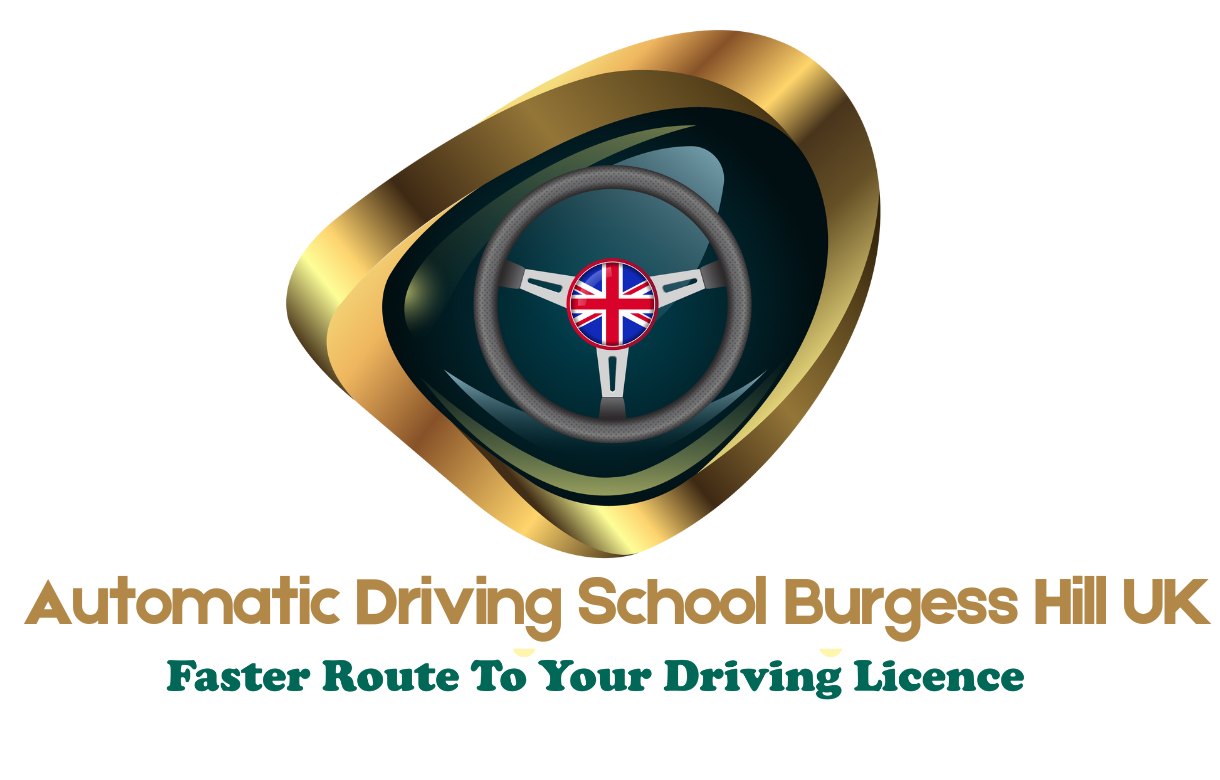Nervous Drivers Burgess Hill | Confidence Building Driving Lessons : Specialized driving lessons for nervous drivers in Burgess Hill. Patient instruction, anxiety management, and confidence building techniques.
Content: Driving anxiety affects many learners in Burgess Hill, but with the right support and specialized instruction techniques, nervous drivers can overcome their fears and become confident, competent drivers. Understanding and addressing driving anxiety is key to successful learning.
Understanding Driving Anxiety
Common Anxiety Triggers Nervous drivers often fear:
- Loss of control: Worry about vehicle handling and safety
- Traffic judgment: Anxiety about gap selection and timing
- Other road users: Fear of aggressive or unpredictable drivers
- Test failure: Pressure to pass and fear of disappointment
- Accident concerns: Worry about causing or experiencing crashes
Physical Symptoms Driving anxiety can manifest as:
- Increased heart rate and sweating
- Muscle tension and rigid posture
- Shallow breathing and dizziness
- Difficulty concentrating
- Overwhelming feelings of panic
Specialized Instruction for Nervous Drivers
Patient Teaching Approaches Experienced instructors use:
- Gradual exposure: Slowly increasing complexity and challenge
- Positive reinforcement: Celebrating small victories and progress
- Clear communication: Simple, calm instructions and explanations
- Flexible pacing: Allowing extra time for skill development
Confidence Building Techniques
- Visualization exercises: Mental practice of successful driving
- Breathing techniques: Calming methods for anxiety management
- Progressive desensitization: Gradual exposure to feared situations
- Success journaling: Recording improvements and achievements
Burgess Hill Advantages for Nervous Drivers
Ideal Learning Environment The local area offers:
- Quiet practice areas: Church Walk and residential streets for gentle starts
- Gradual progression routes: Building from simple to complex roads
- Familiar surroundings: Practicing in known neighborhoods
- Supportive community: Local instructors experienced with anxious learners
Low-Stress Practice Locations
- Empty car parks: Tesco and ASDA for initial control practice
- Quiet residential roads: Building basic skills without pressure
- Off-peak timing: Avoiding busy traffic periods initially
- Familiar routes: Using known roads to reduce navigation anxiety
Building Blocks Approach
Foundation Phase Start with basics in safe environments:
- Vehicle familiarization: Understanding controls without pressure
- Stationary practice: Learning pedal control and observations
- Very slow speeds: Building confidence with car movement
- Short sessions: 30-45 minutes to prevent anxiety buildup
Gradual Skill Development
- One skill at a time: Focusing on individual competencies
- Repetitive practice: Building muscle memory and confidence
- Success reinforcement: Acknowledging every improvement
- Patient progression: Moving forward only when comfortable
Advanced Integration
- Combining skills: Gradually merging learned techniques
- Real-world application: Practicing in actual traffic conditions
- Independent decision making: Building judgment confidence
- Test preparation: Approaching examination with reduced anxiety
Specific Techniques for Common Fears
Roundabout Anxiety
- Step-by-step breakdown: Understanding approach, navigation, and exit
- Multiple practice sessions: Repeated exposure to build familiarity
- Different roundabout types: Practicing various sizes and complexities
- Peak and off-peak practice: Building skills in different conditions
Parking Fears
- Private practice first: Using quiet car parks for initial attempts
- Reference point teaching: Clear visual guides for accuracy
- Multiple attempt acceptance: Understanding that practice makes perfect
- Real-world application: Gradual introduction to busy parking areas
Traffic Joining Anxiety
- Gap assessment training: Learning to judge safe distances
- Acceleration confidence: Building skills for smooth merging
- Multiple opportunity practice: Experiencing various junction types
- Pressure-free repetition: No rush to succeed immediately
Support System Development
Instructor Qualities for Nervous Drivers Look for instructors who offer:
- Patience and empathy: Understanding anxiety without judgment
- Calm demeanor: Maintaining relaxed atmosphere during lessons
- Positive communication: Encouraging language and feedback
- Anxiety experience: Previous success with nervous students
Family and Friend Support
- Understanding environment: Patient private practice opportunities
- Positive encouragement: Celebrating progress rather than criticizing
- Pressure-free practice: No time constraints or expectations
- Emotional support: Encouragement during challenging periods
Progress Tracking and Celebration
Small Victory Recognition Acknowledge improvements such as:
- Smooth starts: Confident moving off without stalling
- Relaxed steering: Natural, fluid steering control
- Appropriate speeds: Comfortable speed selection for conditions
- Independent navigation: Route following without constant guidance
Milestone Celebrations
- First quiet road drive: Successful residential area navigation
- First busy road experience: Confident main road driving
- First roundabout success: Independent roundabout navigation
- Mock test completion: Full practice test without major issues
Long-term Confidence Building
Post-Test Development Continue building confidence through:
- Pass Plus courses: Advanced skills development
- Gradual challenge increase: Slowly expanding comfort zones
- Regular practice: Maintaining and improving skills
- Professional development: Optional advanced courses
Ongoing Support
- Refresher lessons: Periodic skill updates and confidence boosts
- Specific challenge addressing: Targeting remaining anxiety areas
- Advanced training: Defensive driving and hazard awareness courses
- Community connections: Local nervous driver support groups


